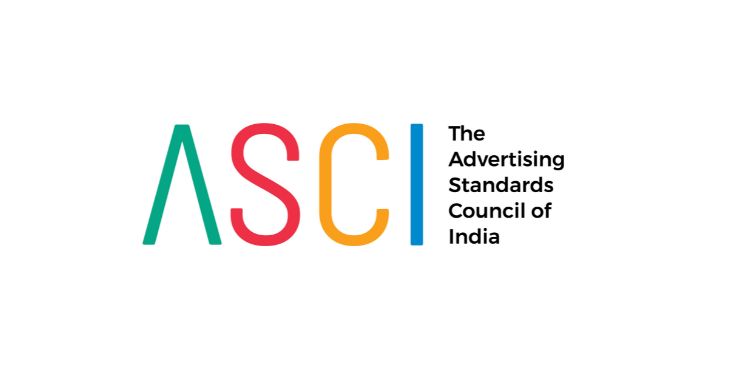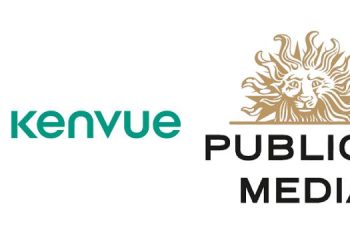The Advertising Standards Council of India (ASCI) has introduced guidelines for advertisements for charitable causes.
Among guidelines is that when an appeal is made for a specific case or beneficiary, the ad must disclose if the funds could potentially be used for other purposes or other beneficiaries. Ads must not mislead consumers about where or to whom their donations are going, the new guidelines add.
In a significant development, the guidelines require that if a crowdsourcing platform collects a percentage or fee for managing or raising donor funds, it must disclose what such amounts are in the advertisement clearly.
The guidelines come in the wake of charities becoming active advertisers particularly on digital media, especially for seeking funds and crowdfunding on behalf of beneficiaries who may not have an active social network.
ASCI also pointed to concerns about ads that create distress through the use of graphic images.
The new guidelines reinforce the ASCI codes that require ads to be honest and truthful (chapter 1) and require them not to cause grave or widespread harm or offence (chapter 2).
To be compliant, ads related to charitable causes must adhere to the following guidelines:
- An advertisement for a charitable organisation or crowdsourcing platform for charity shall not overtly or pointedly suggest that anyone who doesn’t support the charity fails in their responsibility or should feel ashamed.
- Advertisements must not disrespect the dignity of those on whose behalf an appeal is being made, by any means, including showing graphic images of victims in distress, particularly children and minors. An advertiser must be able to produce evidence of express consent for the use of images of beneficiaries if asked to do so.
- In digital advertising, any image that could cause unjustified distress to an ordinary consumer must be blurred and made visible only to those interested in knowing more.

On the new guidelines, Manisha Kapoor, CEO and Secretary General, ASCI, said, “ASCI recognises that charities can have a challenging job explaining the nature of the important, and often sensitive work they do, and raise funds for beneficiaries in need. However, they must take care not to overstep the mark by misleading consumers or causing unjustified distress to those who may be merely surfing online. The guidelines strike a balance between allowing charities to do their important work, and at the same time, be fair to consumers who are viewers of such advertisements”.

















